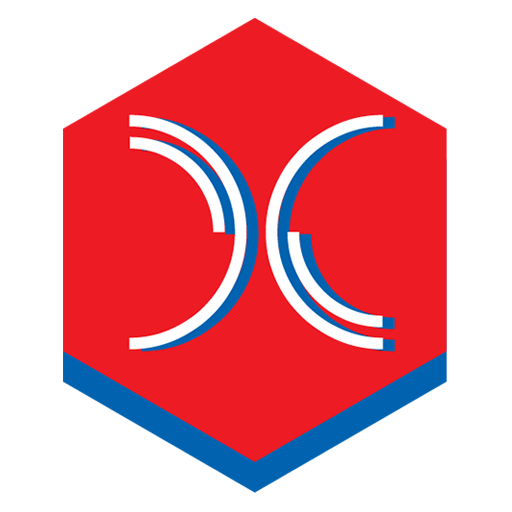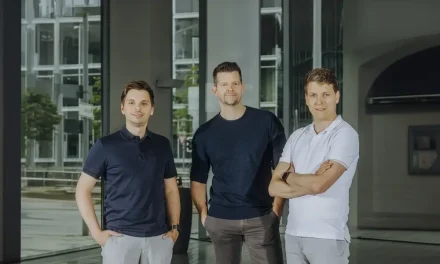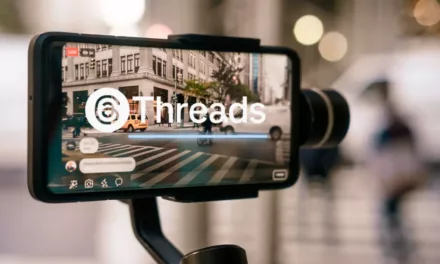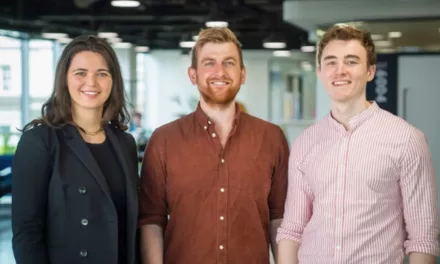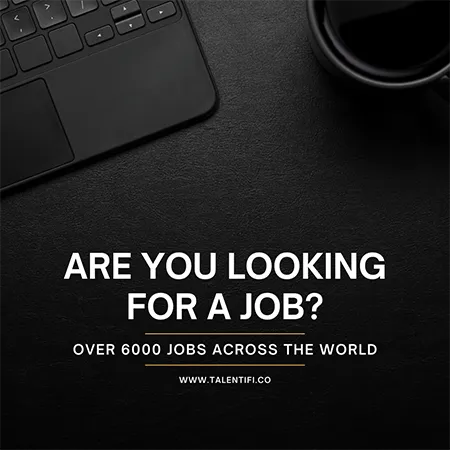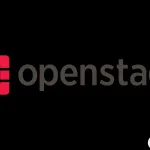
Google enhances Vertex AI to stay competitive in the generative AI surge
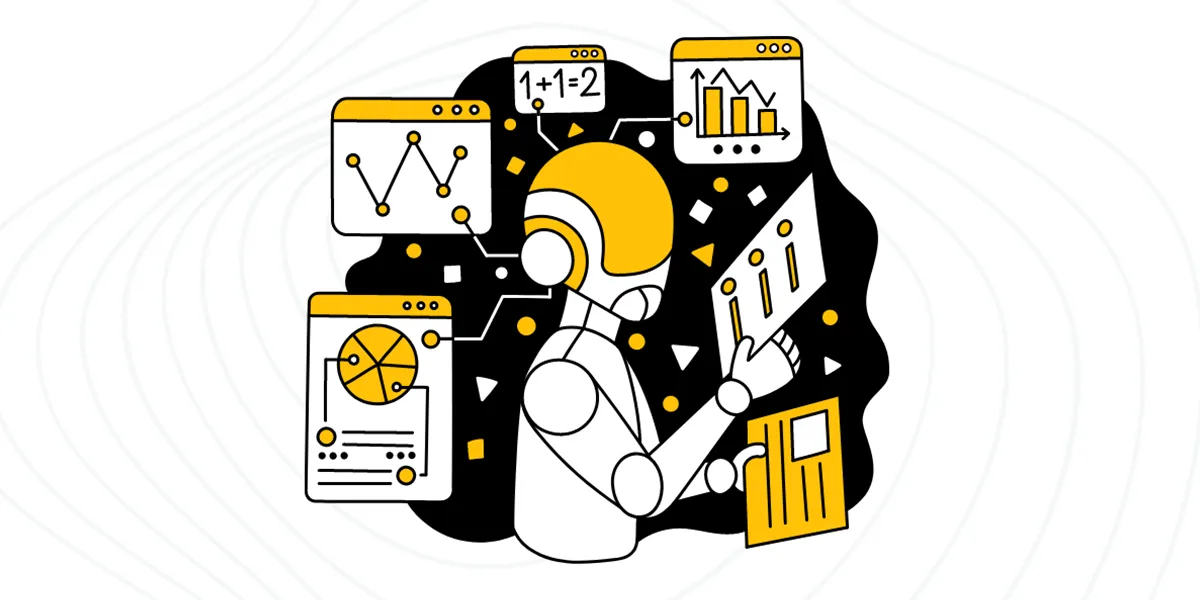
Google Cloud is making constant efforts to stay competitive in this vast market. At its Cloud Next conference, Google announced updates to Vertex AI, its cloud-based platform for building, training, and deploying machine learning models. These updates include improved AI models for text, image, and code generation and new third-party models from startups like Anthropic and Meta. Additionally, some extensions enable developers to integrate company data and take required actions on behalf of users.
Fortune’s and Deloitte’s recent survey confirmed that approximately half of CEOs are experimenting with AI to create text, images, and other data types. At the same time, a report by McKinsey revealed that a third of organizations are using generative AI constantly in at least one business function.
In a press release, VP of cloud AI and industry solutions at Google, June Yang said:
“With Vertex, we’re taking a very open ecosystem approach, working with broad ecosystem partners to provide choice and flexibility to our customers. We’ve built an approach to generative AI with enterprise readiness at its core, with a strong focus around data governance, responsible AI security and more.”
Google’s AI model enhancements
Google has made some important updates to its AI models. The Codey code-generating model shows a 25% quality improvement in code generation for major supported languages. The Imagen image-generating model has made an update to improve image quality and launch Style Tuning, enabling users to create brand-aligned images with only ten reference images.
Google’s PaLM 2 language model now supports new languages. There are 38 in general availability and over 100 in preview. In addition, Google expanded the 32,000-token context window. While not the largest, this decision for a 32,000-token window was taken by flexibility and cost considerations, according to Nenshad Bardoliwalla, a product leader at Vertex AI.
Google is updating its Vertex AI platform by integrating third-party models, including Claude 2, into its Model Garden. The Model Garden has prebuilt models and tools that can be customized for enterprise needs. Other models, such as Meta’s Llama 2 and the Technology Innovation Institute’s Falcon LLM, are also joining. This move was Google’s response to Amazon Bedrock, which offers pre-trained models from startups for generative AI-powered apps. Google plans to create a foothold in the managed model services market by introducing Extensions and data connectors to Vertex AI. This enables developers to connect models to real-time data and ingest data from different platforms.
Google’s Vertex AI now supports Ray. Ray is an open-source computing framework for scaling AI and Python workloads. Conversely, Google has yet to resolve many ethical and legal concerns related to generative AI, like copyright issues.
Vertex AI Search and Conversation:
Google is launching two products in Vertex AI to simplify the establishment of generative search and chat applications:
- Vertex AI Search (formerly Enterprise Search on Generative AI App Builder)
- Vertex AI Conversation (formerly Conversational AI on Generative AI App Builder)
Developers can now utilize these tools to create search engines, chatbots, or voice bots that interact with customers and provide information based on a company’s data, suitable for applications like food ordering, banking assistance, and semi-automated customer service. New updates include a multiturn search for follow-up questions, conversation, search summarization, and the Playbook for instructing voice and chatbots in natural language. Google also uses grounding tools to improve model accuracy by referencing authoritative sources and examining API calls for safety attributes, addressing issues like toxicity and hallucination in generative AI models.
